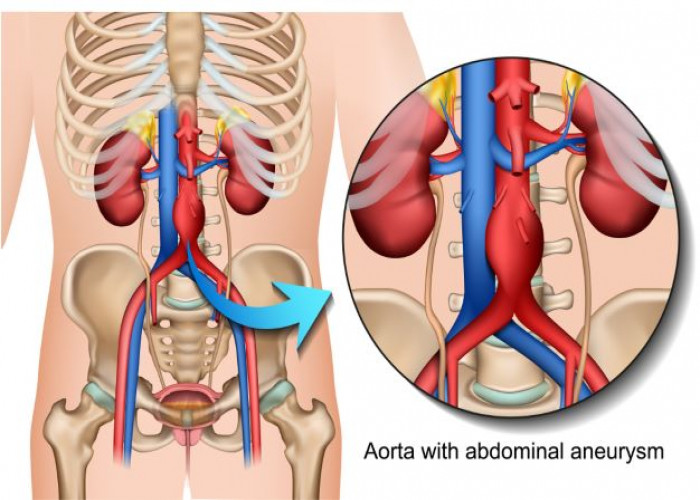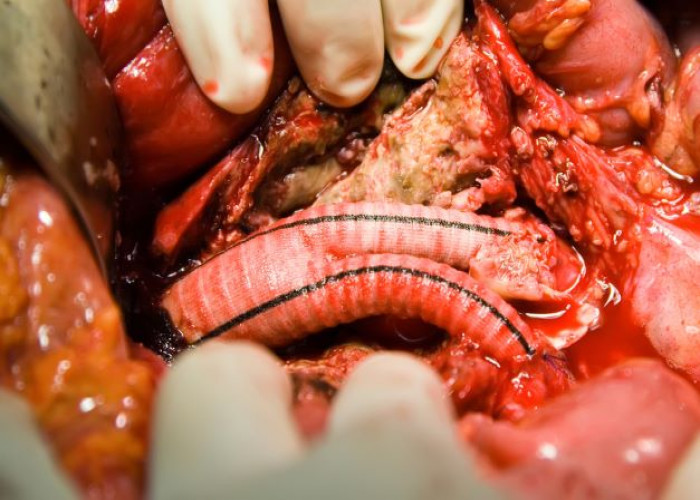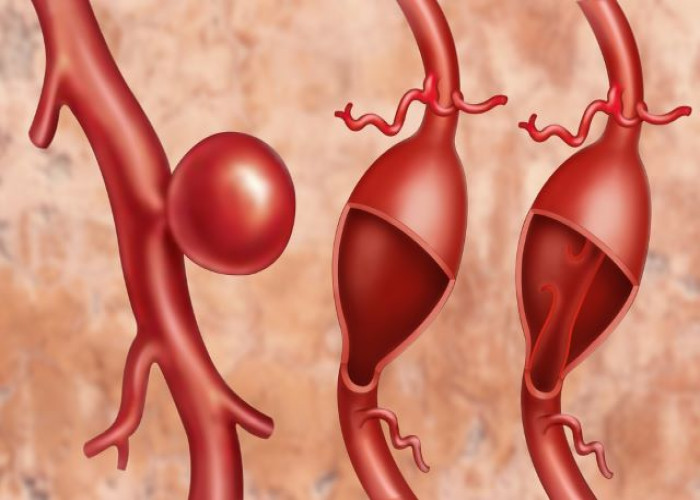 Welcome
Welcome
“May all be happy, may all be healed, may all be at peace and may no one ever suffer."
Abdominal aortic aneurysm
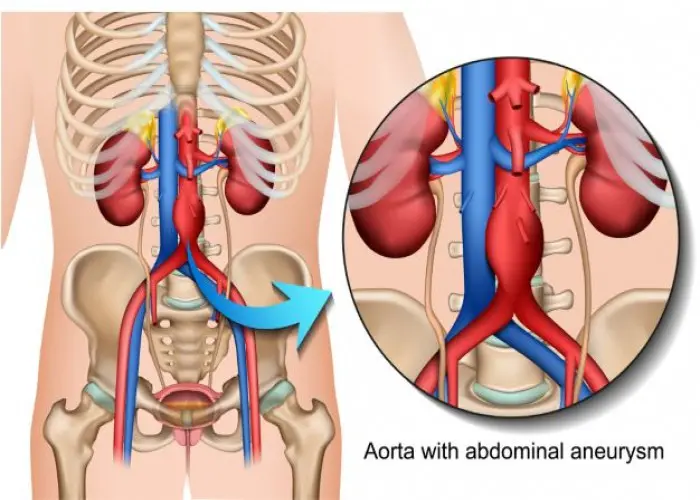
An abdominal aortic aneurysm (AAA) is a condition in which the aorta, the largest blood vessel in the body, becomes enlarged and weakened, creating a bulge in the wall of the vessel. This bulge can burst if it becomes too large, leading to life-threatening internal bleeding.
AAAs are most commonly found in older adults and in those who have other risk factors, such as a family history of the condition, smoking, high blood pressure, or heart disease. Symptoms of an AAA are not always present, and the condition is often discovered during routine medical tests or scans.
Treatment for an AAA typically involves either repair of the aneurysm or monitoring of the aneurysm to ensure that it does not grow to a dangerous size. If the aneurysm is small, a doctor may choose to simply monitor it regularly to ensure that it does not grow. If the aneurysm is large or if it is growing quickly, surgery may be necessary to repair the aneurysm and prevent it from rupturing.
In some cases, a stent-graft (a type of endovascular surgery) may be used to repair the aneurysm without the need for traditional open surgery. This procedure involves inserting a stent-graft into the aorta through a small incision in the groin, allowing the surgeon to repair the aneurysm from the inside.
It is important to speak with a doctor if you have any risk factors for an AAA or if you are experiencing symptoms such as abdominal pain, back pain, or a pulsing feeling in your abdomen. Early detection and treatment can help prevent a potentially life-threatening rupture of the aneurysm.
Research Papers
Disease Signs and Symptoms
- Abdomen pain around navel
- Back pain
- A pulse near the bellybutton
- Abdomen pain
Disease Causes
Abdominal aortic aneurysm
Aneurysms can develop anywhere along the aorta, but most aortic aneurysms occur in the part of the aorta that's in the belly area (abdomen). Several things can play a role in the development of an abdominal aortic aneurysm, including:
Hardening of the arteries (atherosclerosis). Atherosclerosis occurs when fat and other substances build up on the lining of a blood vessel.
High blood pressure. High blood pressure can damage and weaken the aorta's walls.
Blood vessel diseases. These are diseases that cause blood vessels to become inflamed.
Infection in the aorta. Rarely, a bacterial or fungal infection might cause an abdominal aortic aneurysms.
Trauma. For example, being injured in a car accident can cause an abdominal aortic aneurysms.
Disease Prevents
Abdominal aortic aneurysm
To prevent an aortic aneurysm or keep an aortic aneurysm from worsening, do the following:
Don't smoke or use tobacco products. Quit smoking or chewing tobacco and avoid secondhand smoke. If you need help quitting, talk to your doctor about medications and therapies that may help.
Eat a healthy diet. Focus on eating a variety of fruits and vegetables, whole grains, poultry, fish, and low-fat dairy products. Avoid saturated and trans fats and limit salt.
Keep your blood pressure and cholesterol under control. If your doctor has prescribed medications, take them as instructed.
Get regular exercise. Try to get at least 150 minutes a week of moderate aerobic activity. If you haven't been active, start slowly and build up. Talk to your doctor about what kinds of activities are right for you.
Disease Treatments
The goal of abdominal aortic aneurysm treatment is to prevent an aneurysm from rupturing. Treatment may involve careful monitoring or surgery. Which treatment you have depends on the size of the aortic aneurysm and how fast it's growing.
Medical monitoring
A doctor might recommend this option, also called watchful waiting, if the abdominal aortic aneurysm is small and isn't causing symptoms. Monitoring requires regular doctor's checkups and imaging tests to determine if the aneurysm is growing and to manage other conditions, such as high blood pressure, that could worsen the aneurysm.
Typically, a person who has a small, symptomless abdominal aortic aneurysm needs an abdominal ultrasound at least six months after diagnosis and at regular follow-up appointments.
Surgery and other procedures
Surgery to repair an abdominal aortic aneurysm is generally recommended if the aneurysm is 1.9 to 2.2 inches (4.8 to 5.6 centimeters) or larger, or if it's growing quickly.
Also, a doctor might recommend abdominal aortic aneurysm repair surgery if you have symptoms such as stomach pain or you have a leaking, tender or painful aneurysm.
The type of surgery performed depends on the size and location of the aneurysm, your age, and your overall health. Abdominal aortic aneurysm surgery options may include:
Endovascular repair. This procedure is used most often to repair an abdominal aortic aneurysm. A surgeon inserts a thin, flexible tube (catheter) through an artery in the leg and gently guides it to the aorta. A metal mesh tube (graft) on the end of the catheter is placed at the site of the aneurysm, expanded and fastened in place. The graft strengthens the weakened section of the aorta to prevent rupture of the aneurysm.
Endovascular surgery isn't an option for everyone with an abdominal aortic aneurysm. You and your doctor will discuss the best repair option for you. After endovascular surgery, you'll need regular imaging tests to ensure that the grafted area isn't leaking.
Open abdominal surgery. This involves removing the damaged part of the aorta and replacing
Disease Diagnoses
Disease Allopathic Generics
Disease Ayurvedic Generics
Disease Homeopathic Generics
Disease yoga
Abdominal aortic aneurysm and Learn More about Diseases

Gas and gas pains
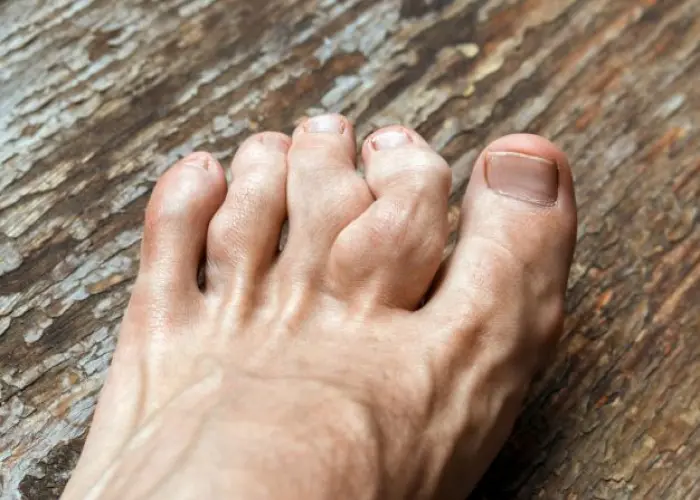
Adult Stills disease

Seborrheic dermatitis
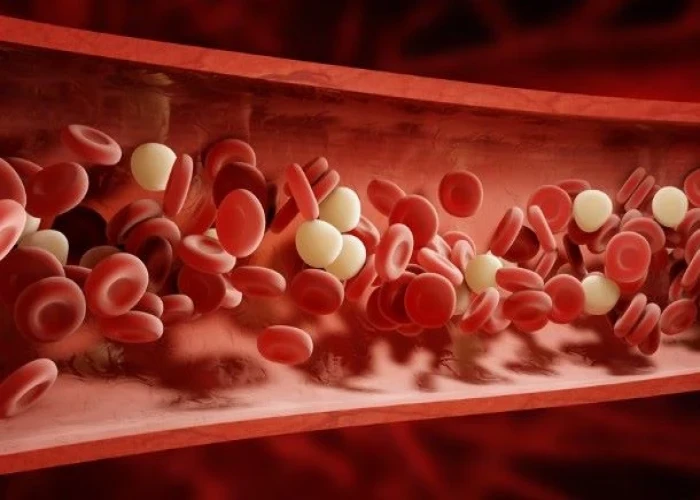
Monoclonal gammopathy of undetermined significance (MGUS)

Psoriasis
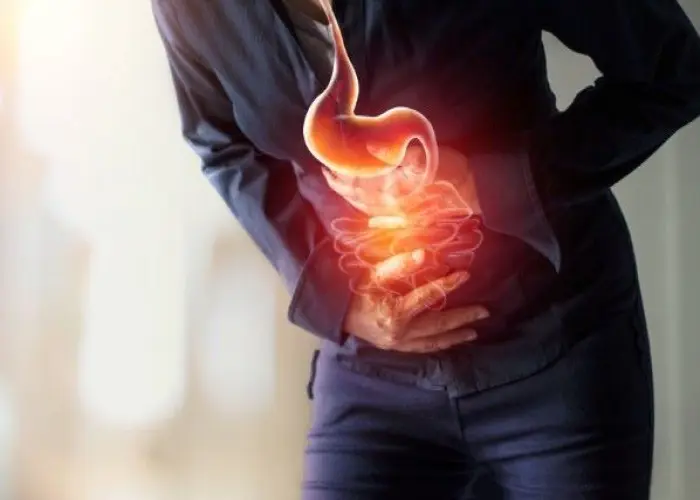
Indigestion
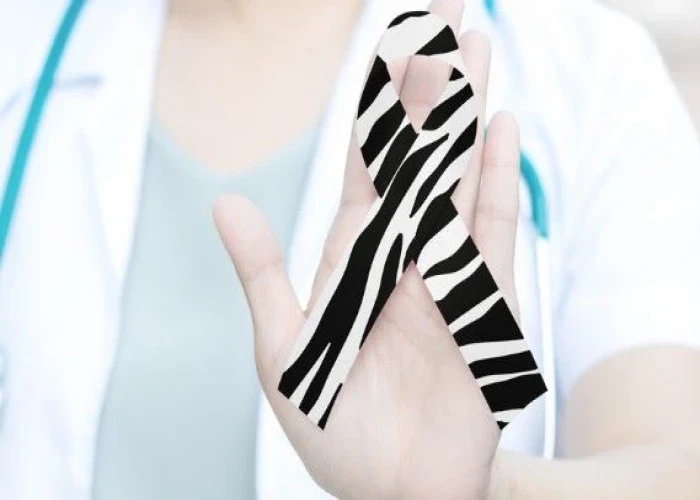
Primary immunodeficiency

Umbilical hernia
Abdominal aortic aneurysm, Abdominal aorta, Aorta aneurysm, পেটের অর্টিক অ্যানিউরিজম
To be happy, beautiful, healthy, wealthy, hale and long-lived stay with DM3S.
